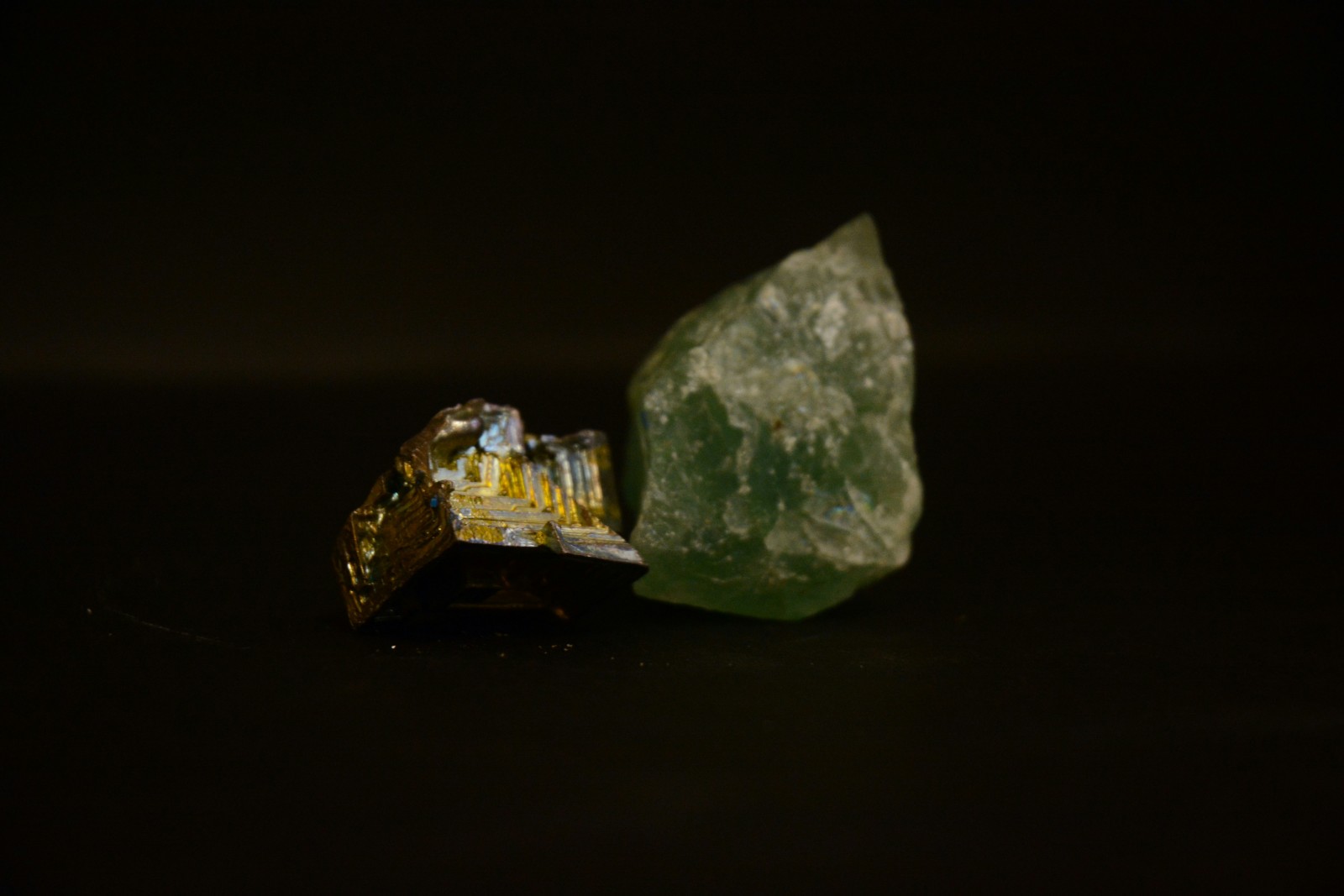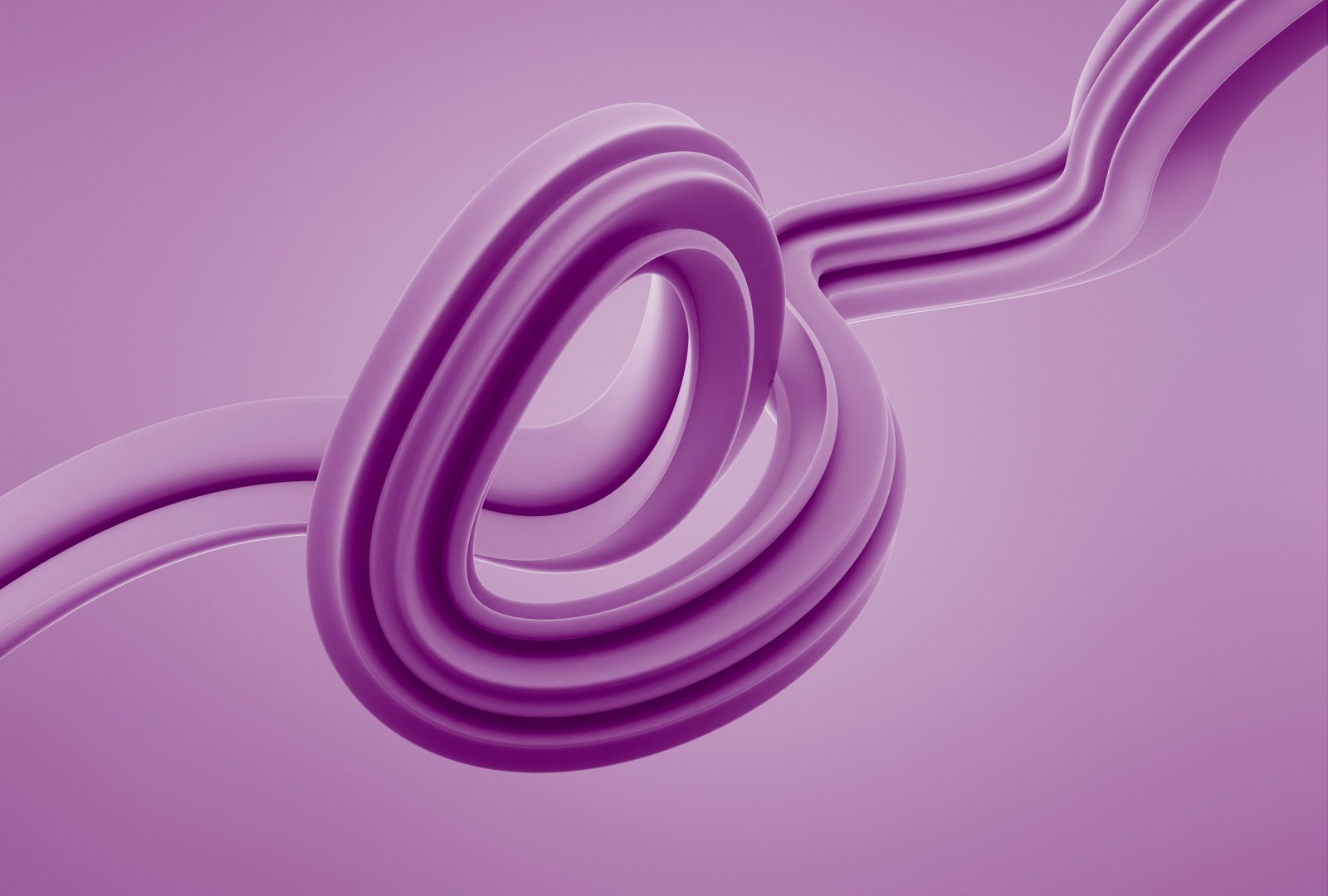Pregnancy is coming close to an end and now it’s time to think about childbirth…
What does childbirth entail? What are the stages of labor? And what happens directly postpartum while still in the hospital?
These are all great questions and I am glad you are asking them… researching them… and finding support groups –Like this one—to guide you along the way.
While doing your research, delayed cord clamping came up and you are confused as to what that really means.
Delayed cord clamping is what it sounds like—delaying the clamping and cutting of the umbilical cord.
First of all, cutting of the umbilical cord is painless for both mom and baby.
At birth about 1/3 of baby’s blood is still in the placenta… so delaying cord clamping will create time for that blood to flow back into baby before cutting the umbilical cord.
Waiting until the umbilical cord stops pulsating allows baby to receive as much blood as possible.
There are many benefits to delaying cord clamping.
This can create an increase in iron levels, reducing anemia, improvement of baby’s early breathing, and easier to deliver placenta.
It’s easier to deliver the placenta because there is less blood in there causing it to be lighter and less full.
Did you know?
There are some doctors that will do delayed cord clamping after a cesarean section, as well.
Sometimes doctors need to perform surgeries and procedures after baby is born—in some cases these procedures can be done with the cord still attached to baby in which the benefit is receiving oxygenated blood.
Don’t forget to talk to your doctor about delayed umbilical cord clamping if this is something you want to consider. It should even be placed in your Birth Preference so that everyone (doctor, nurses, and support person) is on the same page.
Join my FREE pregnancy community for extra support and helpful information along your journey.















0 Comments